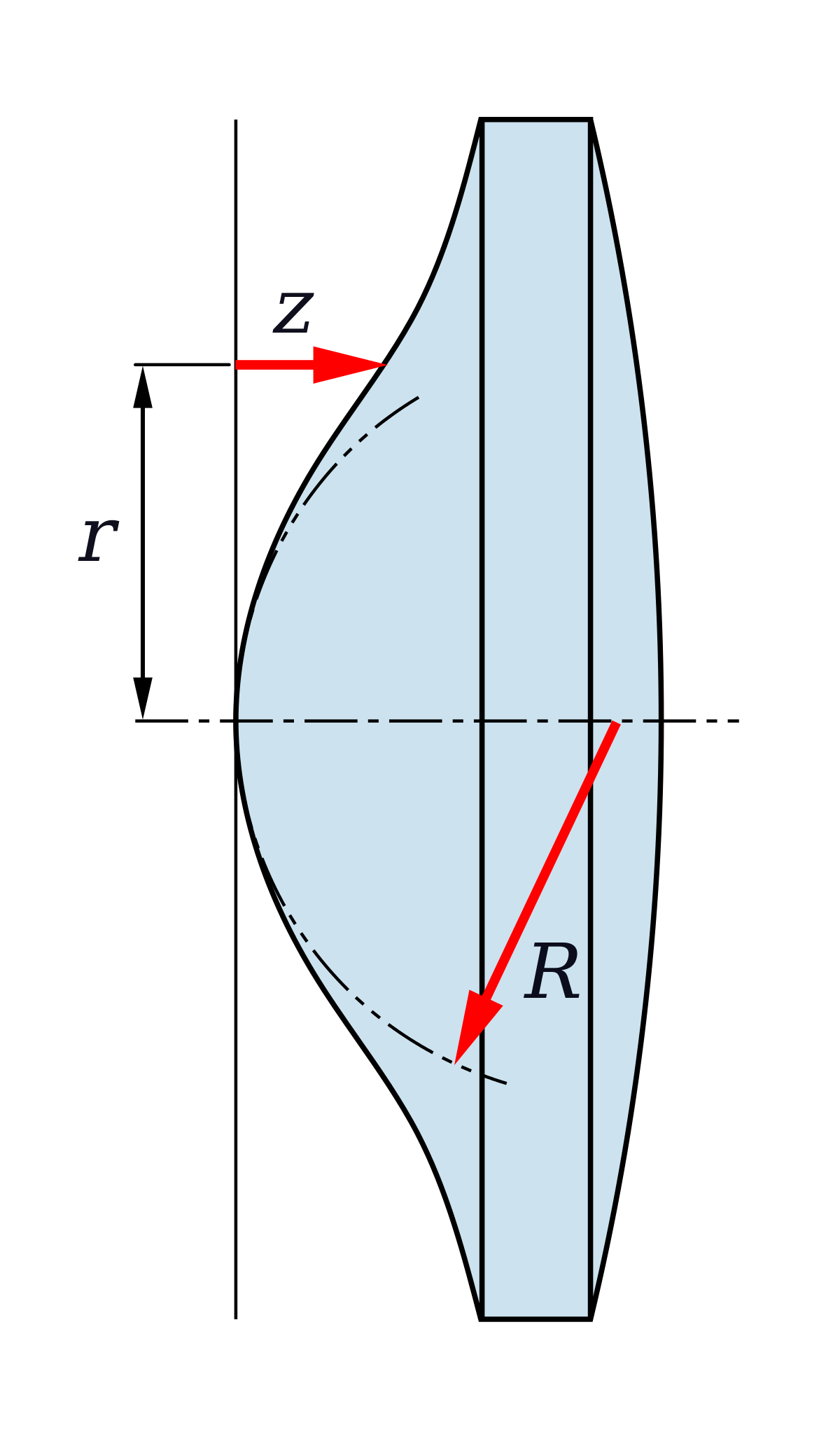Contents
- 1 Understanding Aspheric Optics: A Comprehensive Guide

Source: Wikipedia
Understanding Aspheric Optics: A Comprehensive Guide
Introduction to Optical Surfaces
Most optical elements, such as lenses and mirrors used in various optical instruments and laser technologies, have traditionally been designed with spherical surfaces. These surfaces can be either convex or concave and are generally easier to manufacture. However, as technology progresses, there is an increasing demand for optical elements that deviate from spherical surfaces, known as aspheric optics. Aspheric optics offer unique profiles that do not maintain a constant radius of curvature, allowing for a reduction in optical aberrations.
The Purpose of Aspheric Optics
The primary purpose of aspheric optics is to minimize spherical aberrations. Spherical aberrations occur when light rays passing through a lens do not converge at a single focal point, leading to blurred images. Aspheric lenses are designed to focus light more precisely, improving image clarity and optical performance.
Fabrication of Spherical and Aspherical Lenses
Spherical Lenses
Spherical lenses are easier to manufacture due to the simplicity of the grinding process. The generation process naturally results in spherical surfaces, which are the only shapes that allow full contact with the grinding tool during production.
Aspherical Lenses
Producing aspherical lenses requires more advanced manufacturing techniques. These include adapted grinding processes and diamond turning, which do not require full contact between the tool and the sample. Computer-controlled machines, such as CNC and robotic manufacturing, are often employed in the production of aspheric optics. For polymer-based optical elements, molding processes like injection and compression molding are used for mass production, though they may not achieve high optical quality.
Spherical and Other Aberrations
Optical aberrations, including spherical aberrations, astigmatism, and coma, can degrade the performance of optical systems. Spherical aberrations are particularly problematic in lenses with high numerical apertures. Aspheric optics are designed to counteract these aberrations, leading to improved optical performance.
The Sag Equation
The shape of aspheric surfaces is often described using the sag equation. This equation calculates the profile height as a function of the radial coordinate, allowing for the design of various shapes such as parabolas, ellipsoids, and hyperbolas.
Advantages of Using Aspheric Optics
Aspheric optics provide several advantages, including reduced optical aberrations, simplified design processes, and more compact optical systems. They are particularly important in applications like smartphone cameras, where space is limited. Aspheric optics are also used in optical data storage, fiber optics, and space technology.
Metrology of Aspheric Optics
Measuring the quality of aspheric optics requires advanced metrology techniques. Interferometers and optical profilometers are commonly used to assess surface accuracy and roughness, ensuring that optical elements meet precise specifications.
Conclusion
Aspheric optics represent a significant advancement in optical technology, offering improved performance and greater design flexibility. As the demand for high-quality optical systems continues to grow, the role of aspheric optics in various applications will undoubtedly expand.
This blog post provides a comprehensive overview of aspheric optics, discussing their purpose, fabrication, advantages, and measurement techniques. The post is structured with clear headings and subheadings for easy navigation, and it aims to provide a thorough understanding of the topic in a professional and academic tone.
Source: LinkedIn
Feel free to comment your thoughts.




